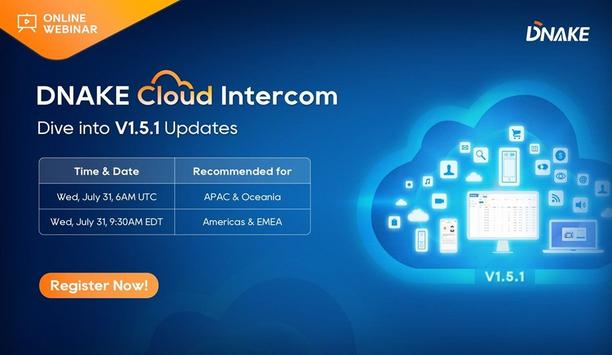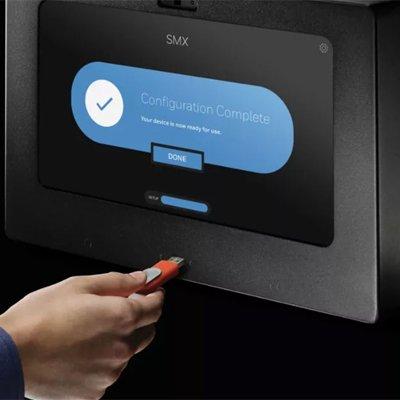Trakya Döküm is a world-class ISO/TS 16949 certified Disamatic foundry. It produces cast and machined parts in all grades of ductile, grey, and malleable irons destined for automotive, white goods, construction, and other industries.
As the second-largest foundry in Turkey, it manufactures 80,000 different product lines. Trakya Döküm lacked a real-time overview of manufacturing along its production line. This led to inefficient under- or overproduction, poor inventory control, errors, and duplication of work.
It decided that the most effective way to track production was to insert RFID tags into its molds and scan these via RFID readers as they are used during the manufacturing process. Having also trialed another RFID solution, Trakya Döküm chose Zebra Technologies’ RFID readers due to their price-performance ratio when compared with other UHF RFID readers on the market. It worked on the deployment with Zebra Technologies’ partner EHV IT CO, one of the first RFID System Integrators in Turkey.
Challenges
The foundry has a very complex manufacturing process, with over 2,000 molds and 80,000 product lines. Manufacturing operators had been manually entering the number of the mold being used in the DISA Complete Foundry Machine into the SAP Manufacturing Integration and Intelligence (SAP MII) system.
With the number of molds, variables to the products per mold, and machines currently in use at the foundry, this, inevitably, resulted in inputting errors and subsequent manufacturing inaccuracies.
RFID solution
Trakya Döküm decided to deploy an RFID solution from Zebra Technologies. Installation of the RFID readers and antennas took just one day. EHV IT CO also provided a day’s intensive training for users. Following a rigorous testing phase, the RFID solution went live. EHV IT CO provides ongoing support and assistance.
Applying RFID tags to the molds was an interesting challenge in this project. Trakya Döküm wanted to embed the RFID tags directly into its molds. However, the embedding process would destroy most RFID tags.
Benefits include:
- Excellent RFID readability
- Real-time accurate production overview
- Improved manufacturing planning
- Greater inventory control
- Cost savings
- Increased staff productivity
Cost savings
RFID is the only really effective way to eliminate inputting inaccuracies and reduced manual data input"
"We currently have six molding lines. We can manufacture the same products for days at a time on any one line. Or sometimes two, three or four different products can be produced on a line in one day. It’s complex and constantly changing.”
“RFID is the only really effective way we have found of monitoring production. We have eliminated inputting inaccuracies and reduced manual data input, so staff can be more productive and accountable. We can also manage our inventory more efficiently. And we know the solution is scalable as our business grows. All this cuts costs,” said Deniz Okuyan, Procurement Manager and RFID Project Lead.
Pico series RFID tags
Trakya Döküm selected the Xerafy Pico series RFID tags, which were engineered specifically for embedding and use in industrial environments. Small in size, each tag has its own EPC number and the EPC is matched with the mold number, which is combined with the EPC number of the tag in SAP.
Three to five molds can be tagged daily. This is a challenge in itself as, although often only 100cm x 70cm in size, the molds can weigh between 100kg and 300kg each. The tags have to be inserted into the mold. A 23mm diameter drill piece is used to drill a 7mm deep hole. The tag is hammered into the hole and the surface is then covered with a metal adhesive.
MIL-STD-810F certified tags
The tags need to be embedded near the top of the mold to ensure the tag can be easily read but safely implanted in the mold
The Pico tags are made from nylon polymer and certified to the MIL-STD-810F standard for vibration resistance, so they can withstand the embedding process. The tags need to be embedded near the top of the mold to ensure the tag can be easily read but safely implanted in the mold so they cannot fall out or be removed. Secondly, the tagged molds are utilised in the six DISA Complete Foundry Machines at Trakya Döküm’s production plant.
The fixed RFID readers are installed on the top of the machines and enclosed in a special case for protection. Antennas, 6-9 meters long, extending from the RFID readers to the glass cabinets where production occurs. The glass cabinets allow workers to monitor the molds during the process, as sand is poured between the male and female molds.
The sand does not penetrate the Pico tags and interferes with performance because they have an IP68 rating and are completely sealed against dust. The antennas, which are carefully positioned to be never further than two meters from any mold, read the tags embedded in the molds during the molding procedure. Depending on the products that are to be manufactured, sometimes just the male or female mold is tagged; in other cases, both molds are tagged and data is received from both.
Updates system automatically
Finally, the data captured as the mold passes through the RFID reader is automatically updated onto Trakya Döküm’s SAP MII system. The tag operation is completed in .NET and then also passed on to the SAP ERP via RFC. In this way, all parts of the business have a real-time manufacturing overview at all times.
The Zebra RFID Handheld Readers are used for the scanning of tags when they are first attached to the mold, for the initial upload of their ID to the database, before the molds are used on the production line. The handheld readers also allow the flexibility for production line workers to scan and upload the latest data to the Tag ID during the manufacturing process, when the material and composition of the manufactured product in the mold changes.



















